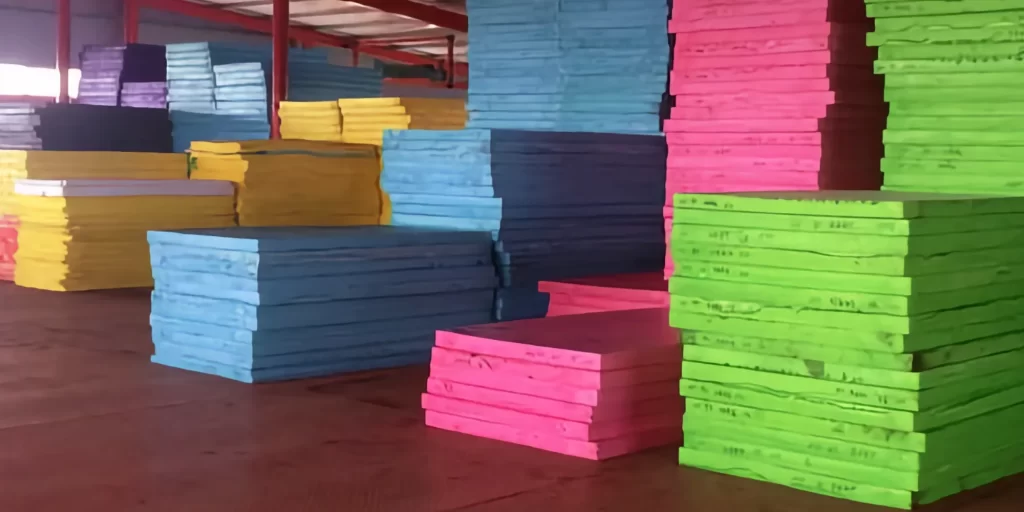In the quest for the perfect all-weather footwear, waterproof boots stand as a bastion against the elements. The integration of Ethylene-Vinyl Acetate (EVA) foam into these boots has been a groundbreaking development, offering a blend of comfort, durability, and weather resistance. This article delves into the role of EVA foam in waterproof boots, highlighting its advantages and addressing common questions about its application in this essential footwear.
The Benefits of EVA Foam in Waterproof Boots
EVA foam brings several key advantages to waterproof boots:
1. Unmatched Comfort:
EVA foam provides excellent cushioning, making long hours in harsh conditions more bearable for the feet.
2. Enhanced Durability:
Its inherent durability ensures that waterproof boots can withstand rugged use in various environments.
3. Lightweight Nature:
EVA foam is incredibly lightweight, a crucial feature that prevents fatigue during extended wear.
4. Superior Water Resistance:
When combined with other waterproof materials, EVA foam enhances the boot’s ability to keep feet dry.
5. Insulation Properties:
EVA foam offers insulation against cold, making these boots ideal for use in chilly and wet conditions.
6. Flexibility:
It allows for a degree of flexibility in the boots, which is essential for comfortable movement.
Applications of EVA Foam in Waterproof Boots
Outdoor Work:
For professions that involve working outdoors in wet conditions, EVA foam waterproof boots provide the necessary protection and comfort.
Hiking and Trekking:
EVA foam enhances hiking boots, offering support, comfort, and protection against wet and muddy trails.
Fishing and Marine Activities:
In activities where water exposure is inevitable, these boots offer the necessary waterproofing and comfort.
Winter Wear:
EVA foam boots are ideal for winter conditions, providing insulation alongside waterproofing.
Casual Wear:
For everyday use in rainy climates, EVA foam waterproof boots combine functionality with comfort.
Advancing Footwear Technology with EVA Foam
The integration of EVA foam into waterproof boots represents a significant advancement in footwear technology, focusing on comfort, durability, and protection against the elements.
FAQs About EVA Foam in Waterproof Boots
Q: How does EVA foam contribute to the waterproofing of boots?
A: While EVA foam itself is water-resistant, its main role in waterproof boots is to provide cushioning and insulation, complementing the boot’s waterproof materials.
Q: Are EVA foam waterproof boots suitable for extreme weather conditions?
A: Yes, these boots are designed to withstand various weather conditions, offering both insulation and water resistance.
Q: Can EVA foam in waterproof boots withstand heavy use?
A: EVA foam is known for its durability, making it suitable for heavy use in demanding conditions.
Q: How do EVA foam waterproof boots compare to traditional waterproof boots?
A: EVA foam boots often offer superior comfort, lightness, and flexibility compared to traditional waterproof boots, enhancing the wearer’s overall experience.
Q: Are EVA foam waterproof boots environmentally friendly?
A: The environmental impact depends on the production methods and the sustainability practices of the manufacturer. However, there are ongoing efforts to improve the eco-friendliness of EVA foam.
In conclusion, EVA foam has become a critical component in waterproof boots, providing enhanced comfort, durability, and protection. Its combination of lightweight design, insulation, and flexibility makes it an optimal choice for all-weather footwear. As the demand for high-performance, comfortable, and durable boots grows, EVA foam-enhanced waterproof boots are set to remain a popular choice, offering reliable protection against the elements while ensuring comfort and ease of movement.






